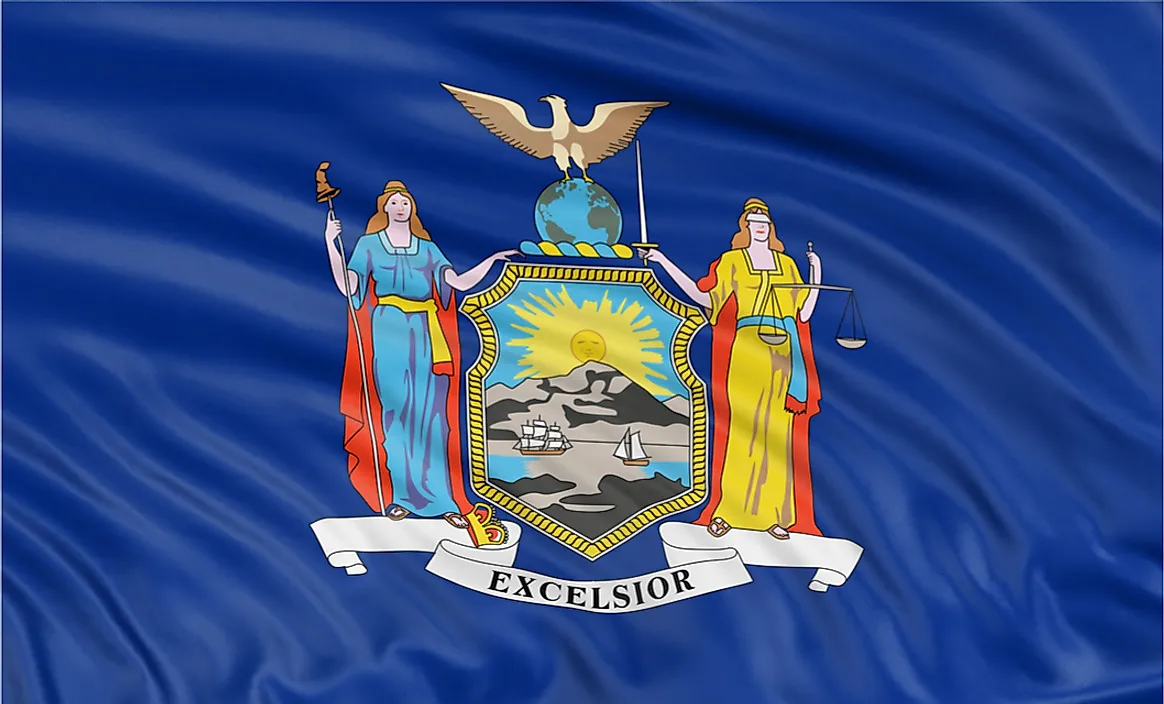What Is the Capital of New York?

Albany is New York's state capital, and it is the cultural and economic core of the state's Capital District. Albany was at the forefront of numerous urban developments in the United States, such as sewer lines, electricity and natural gas lines, public water mains, and infrastructure which enabled it to support a thriving industrial sector. The city further embraced high-technology in the 20th century.
History of the Capital of New York
Albany is among the oldest European settlements still in use from the initial thirteen colonies, and it is the nation's longest continuously chartered city. Englishman Henry Hudson claimed the region for the United Netherlands in 1606, following which Hendrick Christiaensen constructed a fur-trading post named Fort-Nassau in 1614. The English named the area Albany upon capturing New Netherland in 1664. When the Province of New York was divided into counties on November 1, 1683, Albany was the largest, with the City of Albany as its seat. The city benefited from real estate expansion during and after the Revolutionary War, which facilitated the growth of its population. New York's state capital was moved permanently to the city in 1797. Since then, the city has developed primarily in the transport, business, and industry sectors.
Geography of Albany
Albany lies approximately 150 miles north of the New York City on the Hudson River. Albany occupies an area of 21.8 square miles, of which 0.4 square miles is water, and the other 21.4 square miles is land. The city borders Bethlehem to the south, Guilderland to the west, and Colonie to the north. The city's southern border is occupied by Normans Kill, while the northern and eastern borders are occupied by the Patroon Creek and the Hudson River, respectively. The city's territory includes four lakes, namely Washington Park Lake, Rensselaer Lake, Buckingham Lake, and Tivoli Lake. At 378 feet, a USGS benchmark close to the Loudonville is the city's highest natural point. The landscape of the city features rolling hills, which previously made up the Albany Pine Bush. The ecosystem is now preserved at 6,000 acres from the initial 25,000 acres.
Population of Albany
Albany's population throughout the centuries has included Germans, Irish, English, Poles, Italians, and African-Americans. The 2010 census reported a population of 97,856 within the municipality, while the metropolitan population was 857,592 people. About 52.3% of the population identified as Caucasian, while 27% was black or African American, 7.4% of the population was Asian, and 9.2% was Latino or Hispanic of any race.
Economy of Albany
Over 25% of Albany’s population works in government-related posts. The government remains one of the city’s primary economic sectors, along with education and healthcare, and more recently, technology. These reliable sectors have cushioned Albany’s economy from national recessions. Albany reported an unemployment rate of 7.8% in March 2010, compared to the 9.4% across New York state. Albany, along with the Hudson Valley and the Capital District, make up Tech Valley, which since its founding in 1998 has sought to rival other technological regions, such as Boston and Silicon Valley.
Government of Albany
The capital city of New York state houses its city government as well as the governments of Albany County and the State of New York. The top executive in Albany is the mayor, whose election takes place every four years. Legislative duties in Albany are executed by the Common Council, which brings together 15 members from each ward, in addition to a Common Council President. The state government operates various offices throughout the city.











